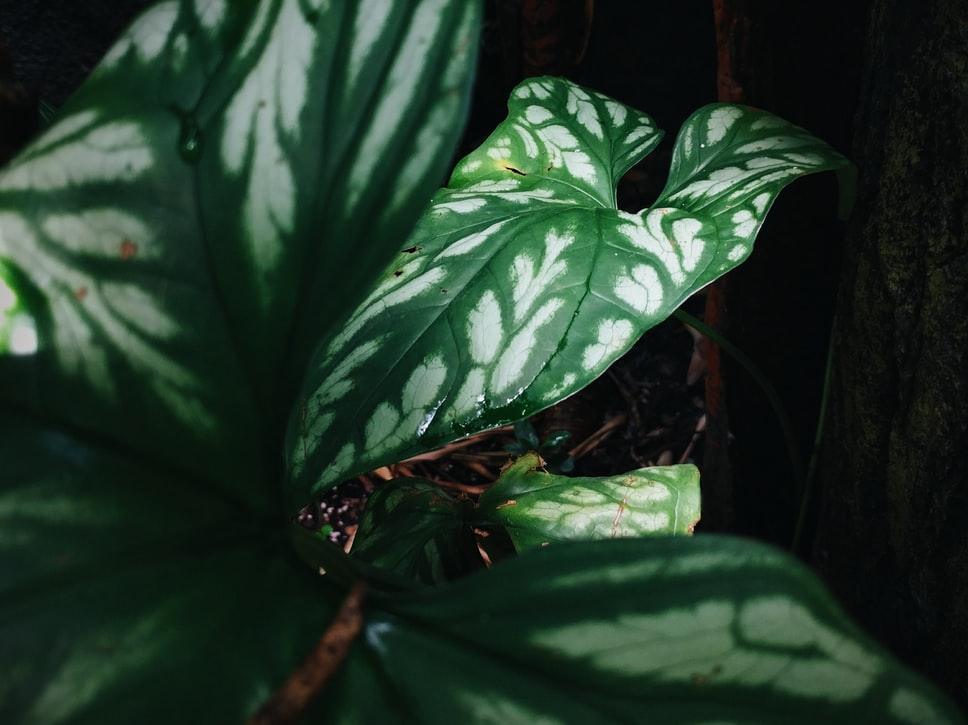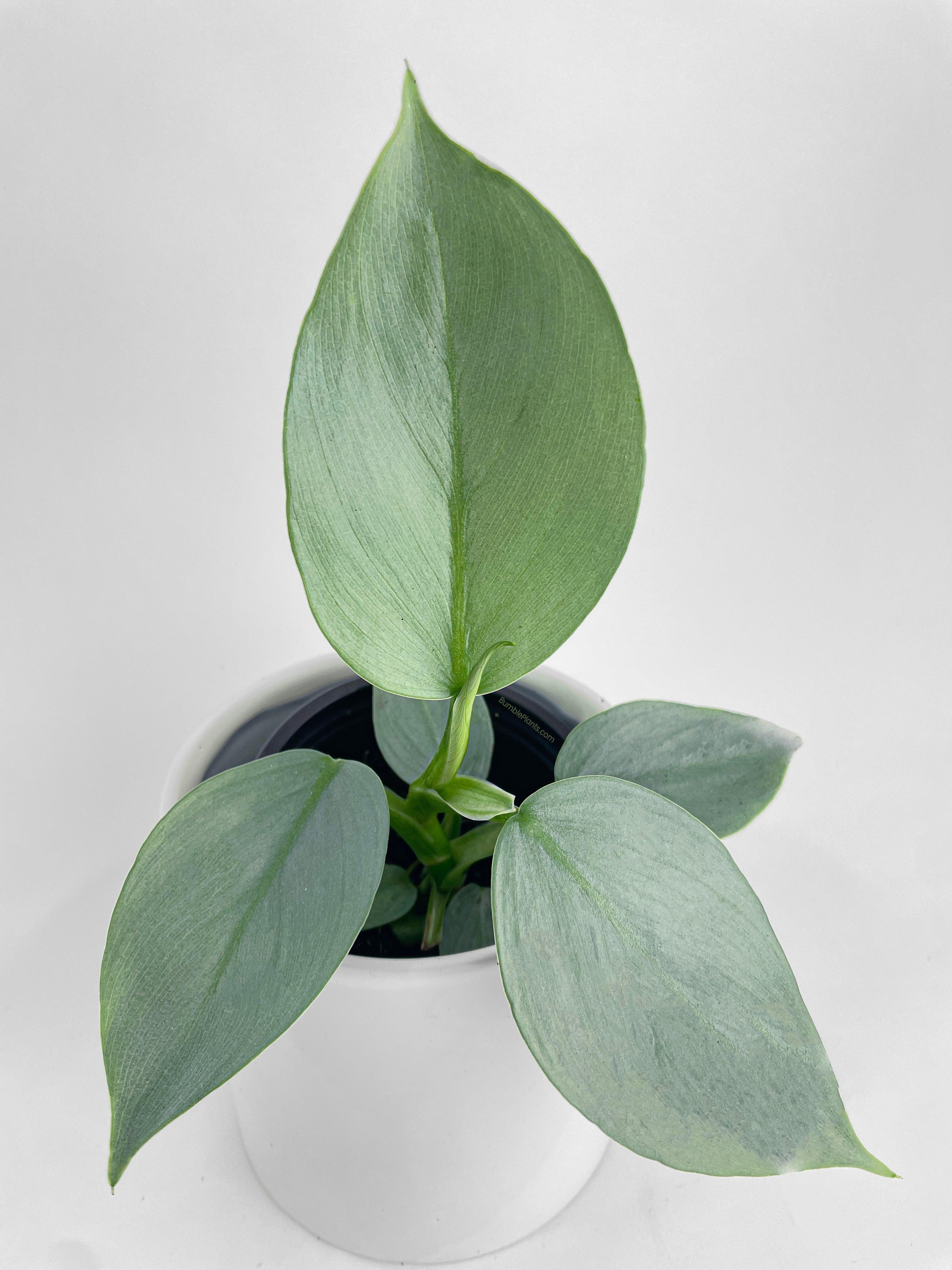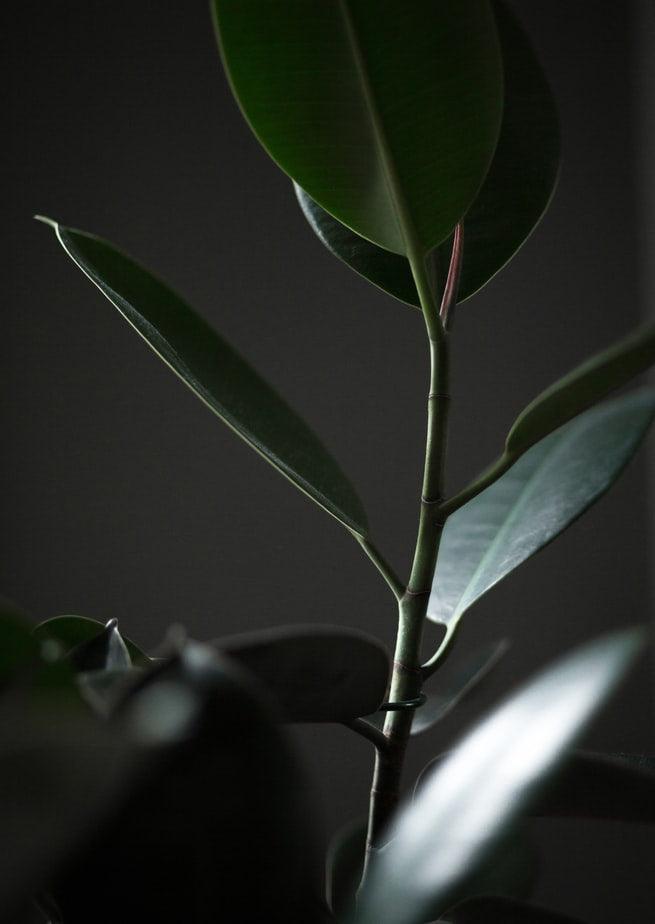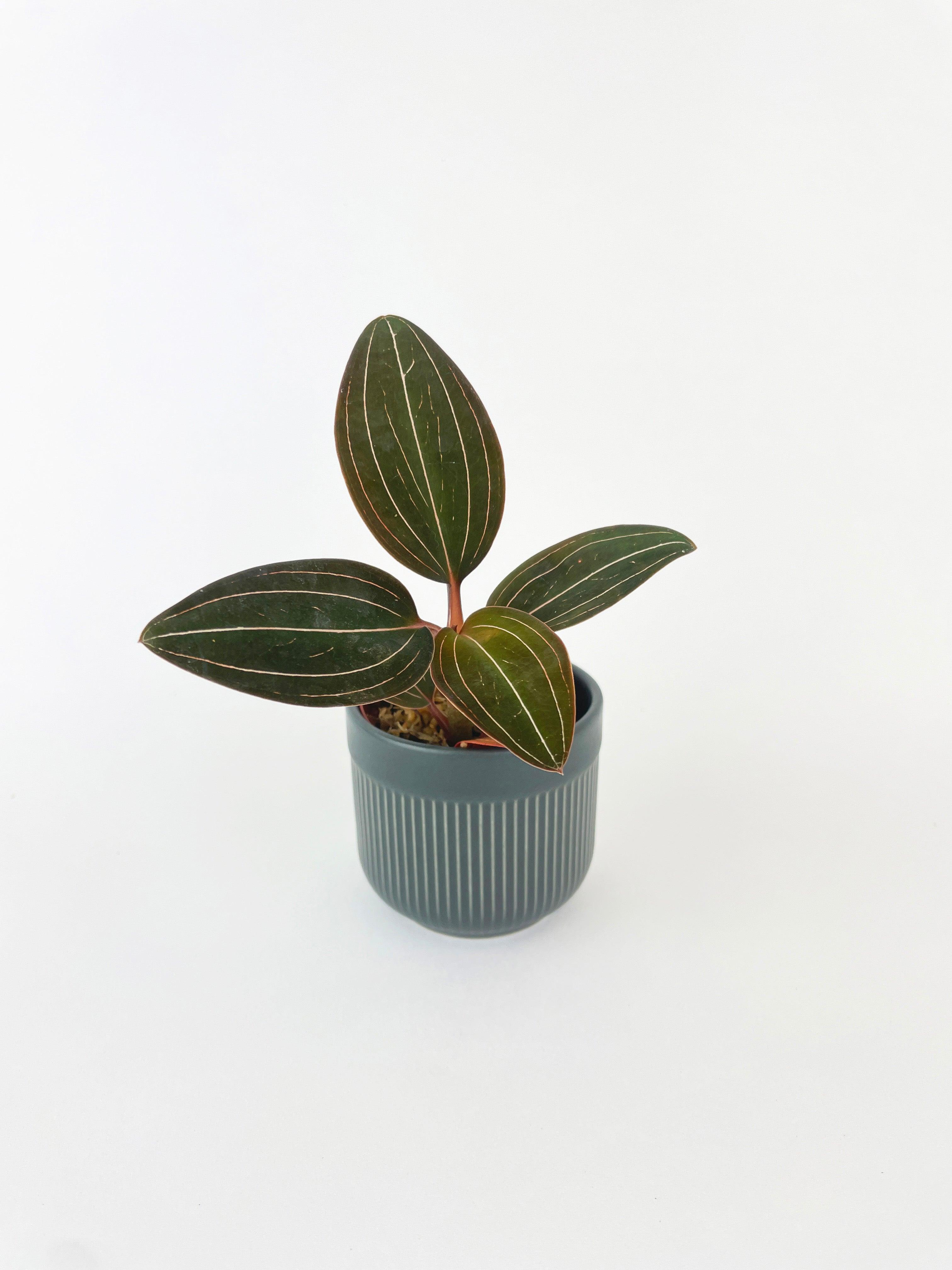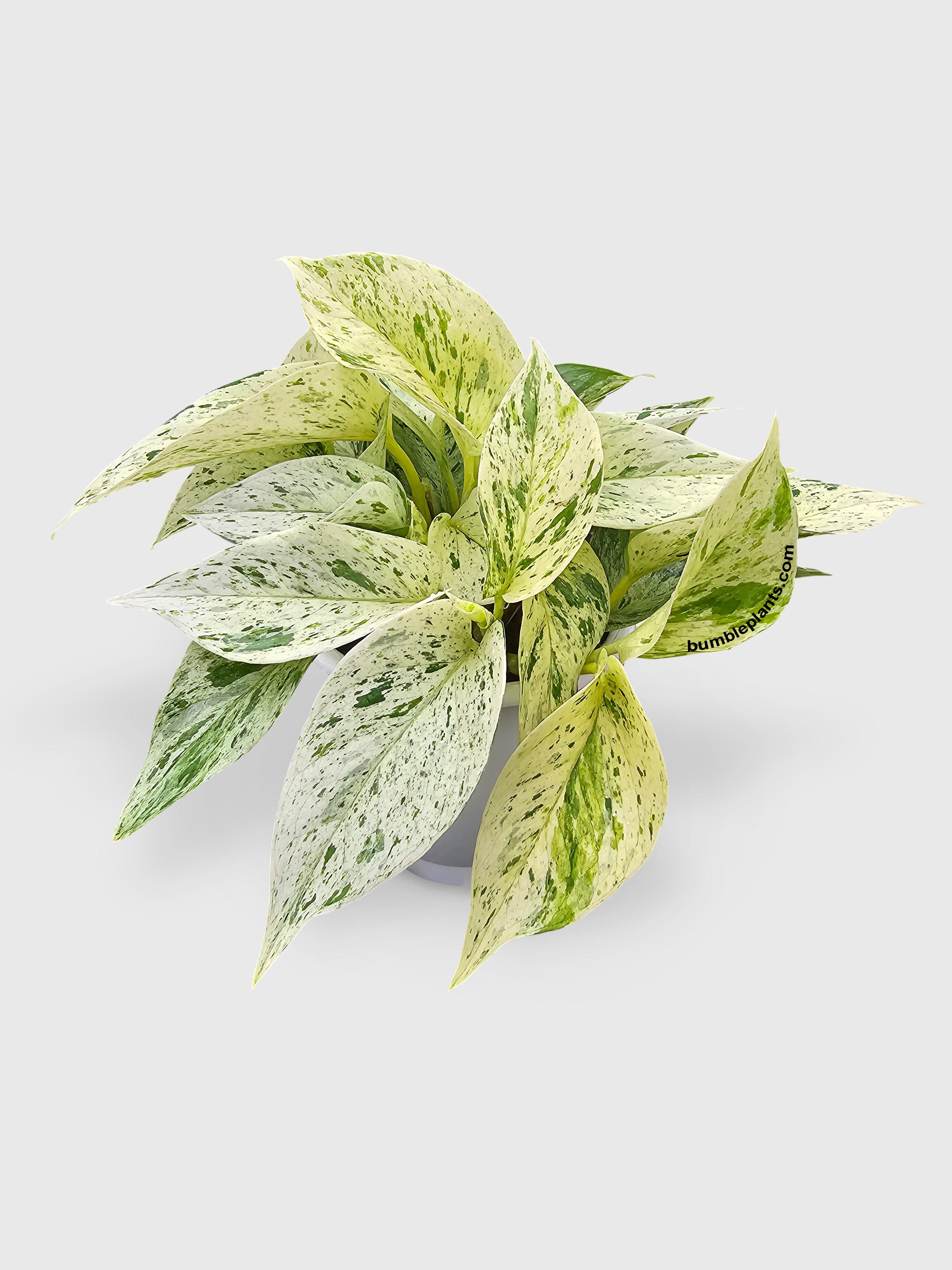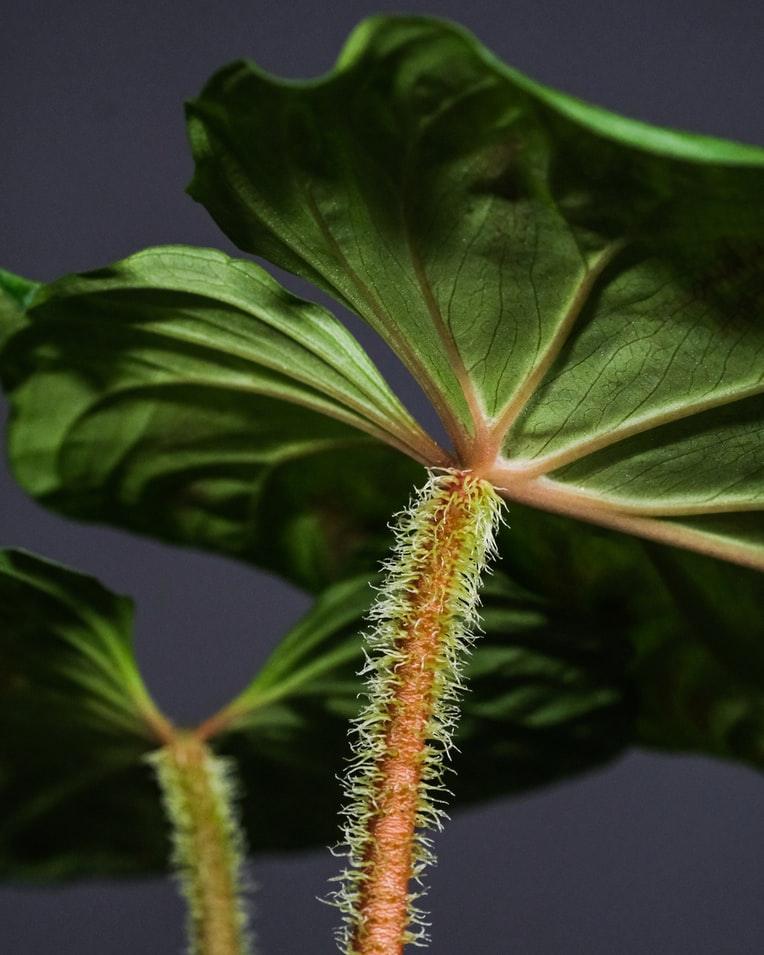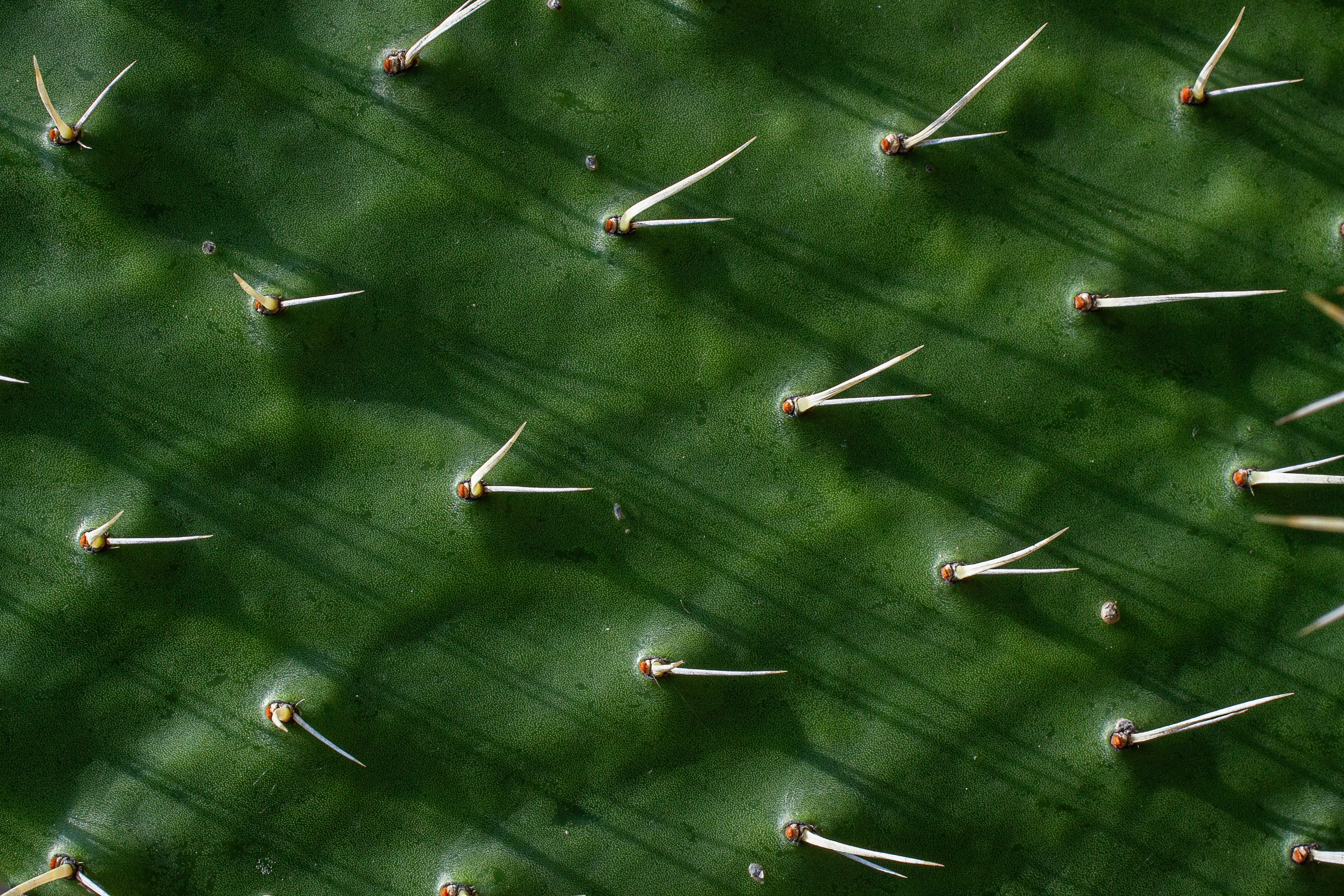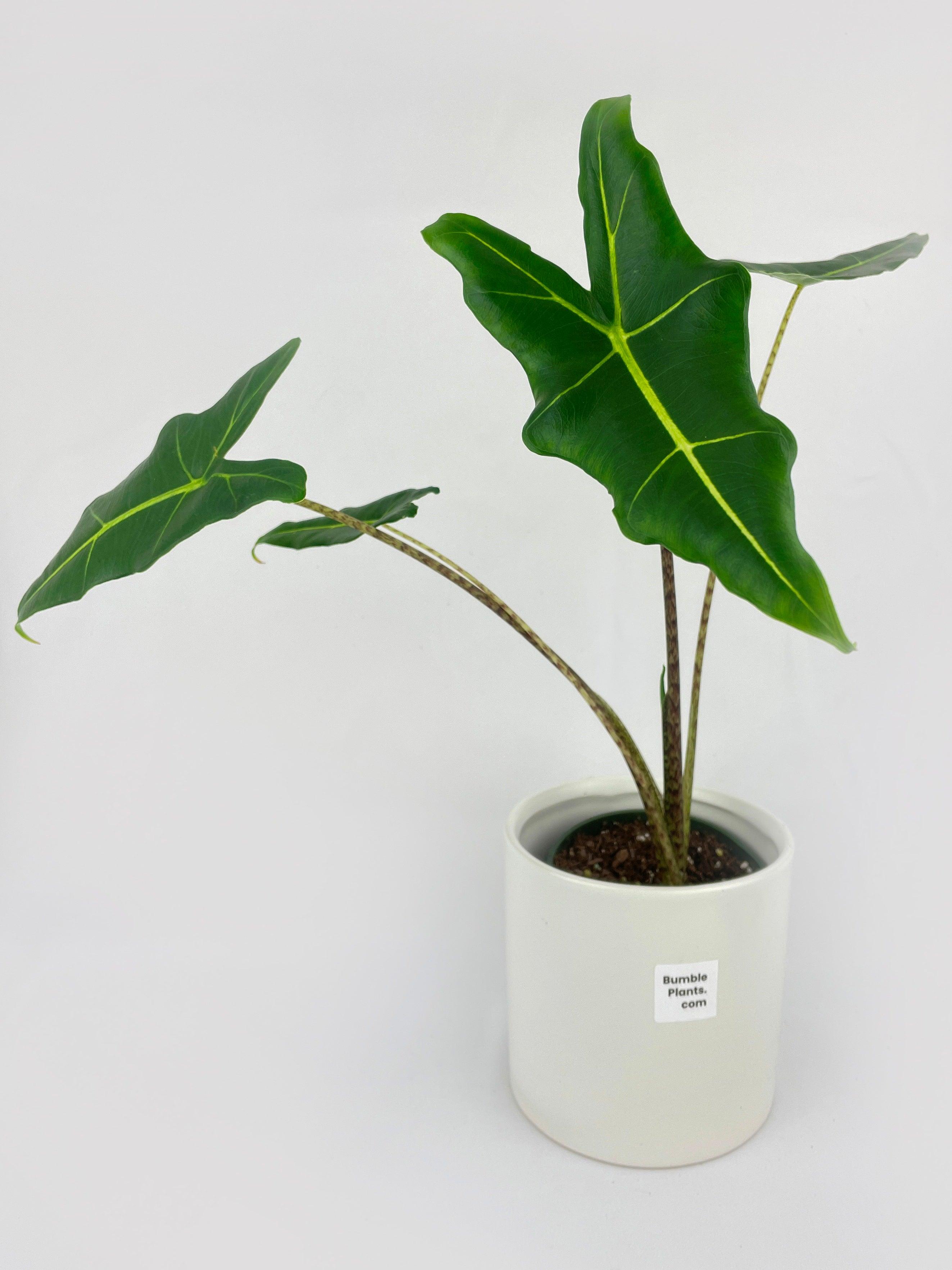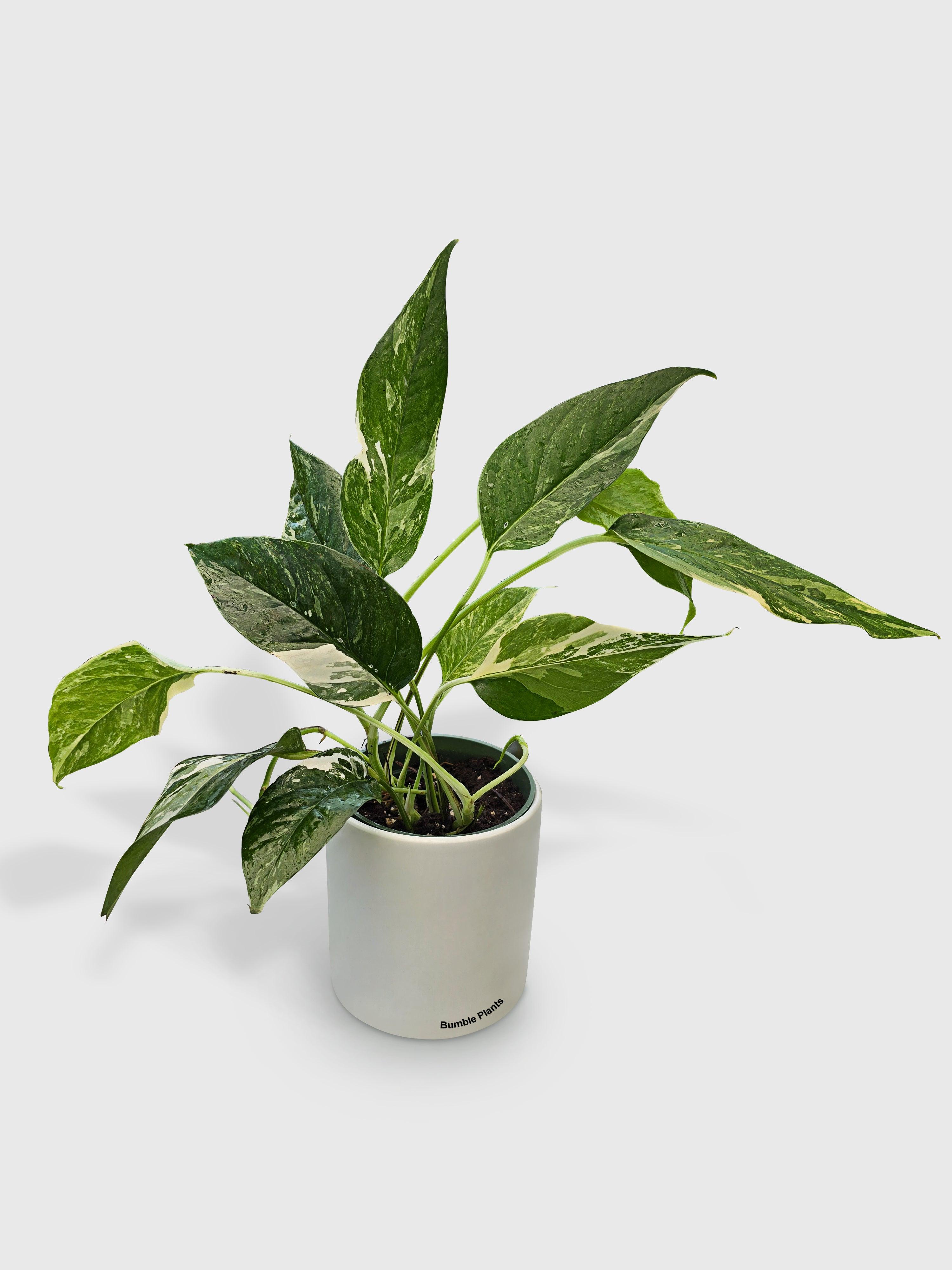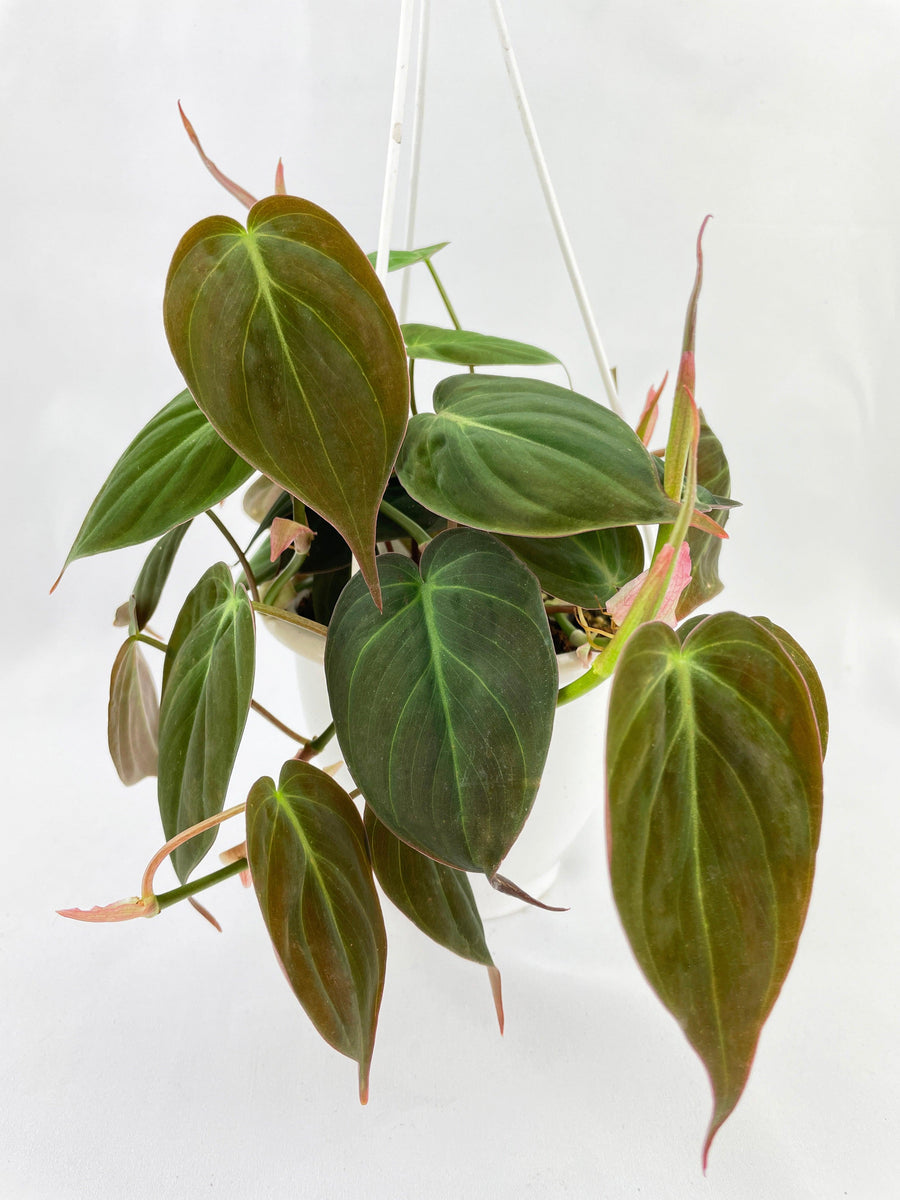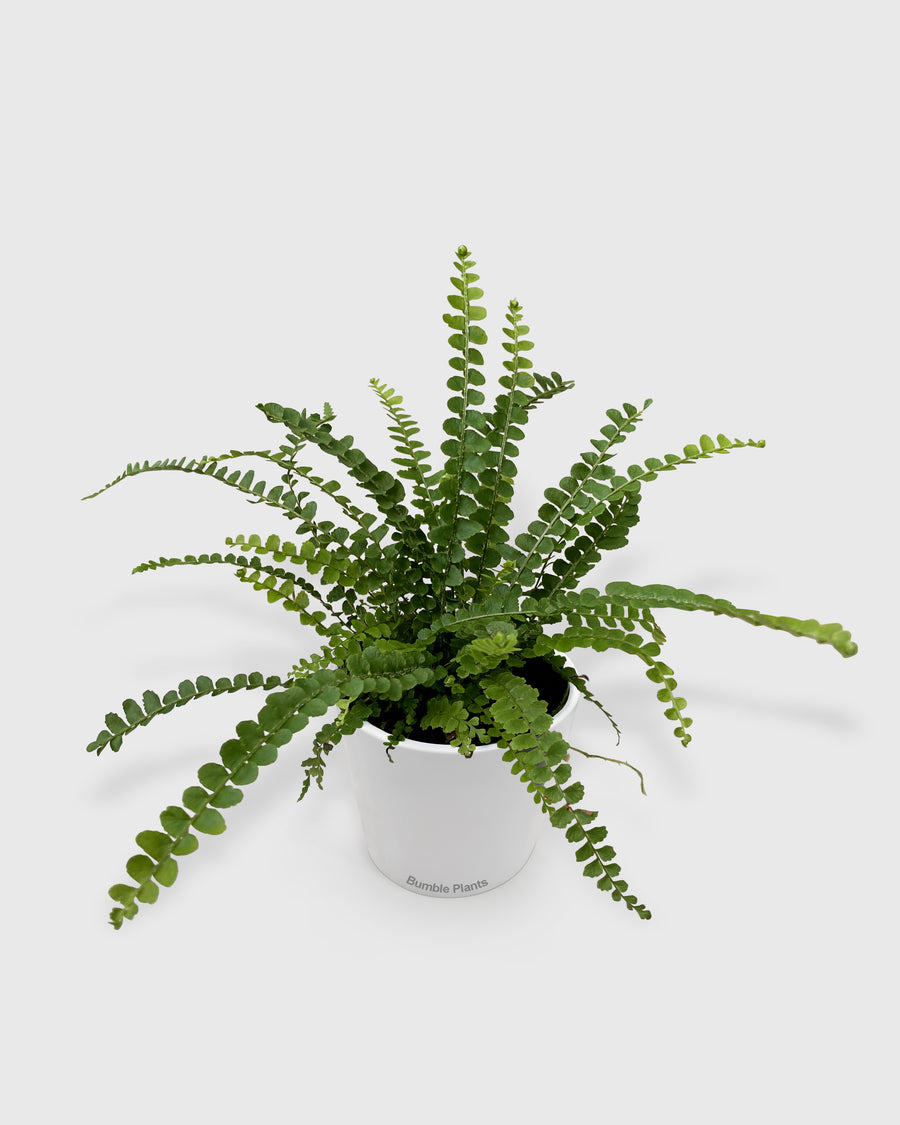The Ultimate Guide to Calathea Rosy Care: Tips and Tricks
Calathea Rosy, with its striking pink and green foliage, is a beautiful addition to any indoor plant collection. However, this unique plant requires a bit more care and attention compared to other houseplants. In this comprehensive guide, we will cover everything you need to know about caring for your Calathea Rosy, from light and water requirements to humidity levels and fertilization. By mastering the art of Calathea Rosy care, you can ensure that your plant thrives and continues to brighten up your living space.
Understanding the Calathea Rosy plant
Understanding the Calathea Rosy plant is essential for providing it with the proper care it needs to thrive. Calathea Rosy, also known as Calathea Roseopicta, is a tropical plant native to South America. It belongs to the Marantaceae family and is known for its distinctive pink and green striped leaves.
One of the key characteristics of the Calathea Rosy plant is its sensitivity to light. The plant's leaves will curl up or droop if it is receiving too much direct sunlight, so it's important to place it in a location where it will receive bright, indirect light. A north-facing window or a spot near an east-facing window is ideal for providing the Calathea Rosy with the right amount of light.
Essential care tips for Calathea Rosy
1. Watering: Calathea Rosy plants prefer consistently moist soil, but they prefer to avoid sitting in soggy conditions. Water your plant when the top inch of soil feels dry to the touch, typically about once a week. Use room temperature water to avoid shocking the plant's roots.
2. Humidity: Calathea
Rosy plants thrive in high humidity levels, so it's important to provide them with a humid environment. You can increase humidity by placing a humidifier near the plant, grouping it with other plants to create a microclimate, or placing a tray of water near the plant. Misting the leaves regularly can also help.
3. Fertilization: During the growing season (spring and summer), fertilize your Calathea Rosy plant once a month with a balanced, water-soluble fertilizer diluted to half the recommended strength. Avoid fertilizing during the winter months when the plant is not actively growing.
4. Temperature: Calathea Rosy plants prefer temperatures between 65-75°F (18-24°C). Avoid placing the plant near drafts or in areas with flat
Light and temperature requirements for Calathea Rosy
Calathea Rosy thrives in bright, indirect light. Direct sunlight can scorch its leaves, so it is best to place your plant in a location where it will receive filtered light or partial shade. A north-facing window is an ideal spot for your Calathea Rosy, as it will receive bright, indirect light without being exposed to harsh sunlight.
In terms of temperature, Calathea Rosy plants prefer a warm and humid environment. They do well in temperatures between 65-75°F (18-24°C) and should be kept away from drafts or cold air. If your home gets too cold during the winter months, consider using a heat mat to provide additional warmth to your plant.
Watering and humidity needs of Calathea Rosy
Calathea Rosy prefers to be kept consistently moist but not waterlogged. To prevent root rot, allow the top inch of soil to dry out slightly between waterings. Water your plant with room-temperature water and ensure that excess water can drain freely from the pot.
In addition to proper watering, maintaining high humidity levels is essential for the health of your Calathea Rosy plant. This tropical plant thrives in humidity levels between 60-70%. You can increase humidity by misting the leaves regularly, placing a humidifier near the plant, grouping it with other plants to create a microclimate, or placing a tray of water near the plant to evaporate and add moisture to the air.
Soil and potting requirements for Calathea Rosy
Calathea Rosy thrives in well-draining, peat-based soil that retains moisture without becoming waterlogged. A good quality potting mix formulated for tropical plants or African violets is ideal for Calathea Rosy. It is important to report your Calathea Rosy every 1-2 years,
using a pot that is slightly larger than its current one to allow for growth. Ensure that the pot has drainage holes to prevent water from accumulating at the bottom.
Fertilizing and feeding your Calathea Rosy
During the growing season, which typically spans from spring to early fall, you can fertilize your Calathea Rosy plant once a month with a balanced, water-soluble fertilizer diluted to half the recommended strength. Avoid fertilizing during the winter months when the plant is not actively growing.
Propagation methods for Calathea Rosy
There are a few different methods you can use to propagate your Calathea Rosy, including division, stem cuttings, and rhizome division.
1. Division: One of the easiest ways to propagate Calathea Rosy is through division. To do this, carefully remove the plant from its pot and gently separate the roots into two or more
plants. Make sure each division has a good amount of roots attached, and then repot them in fresh soil.
2. Stem cuttings: You can also propagate Calathea Rosy using stem cuttings. Simply cut a healthy stem with at least one node, place it in water or moist soil, and wait for roots to develop. Once roots have formed, you can repot the cutting and treat it as a new plant.
3. Rhizome division: If your Calathea Rosy has developed a rhizome, you can also propagate it through division. Carefully separate the rhizome into sections, making sure each section has at least one healthy shoot or leaf attached. Plant the sections in fresh soil and water them well.
Overall, by following these care guidelines for Calathea Rosy, you can ensure that your plant thrives and remains healthy. Remember to provide it with the right amount of light, warmth, humidity, water, soil, and fertilizer to help it grow and flourish. With proper care and attention, your Calathea Rosy will continue to brighten up your home with its beautiful foliage for years to come.
Common pests and diseases of Calathea Rosy
While Calathea Rosy is generally a hardy plant, it can still fall victim to common pests and diseases. Some of the most common pests that may affect your Calathea Rosy include spider mites, mealybugs, and aphids. These pests can cause damage to the leaves by sucking out the plant's sap, resulting in yellowing, wilting, or curling of the leaves. To combat these pests, you can use a mild insecticidal soap or neem oil spray to treat the affected areas.
Troubleshooting common issues with Calathea Rosy
Troubleshooting common issues with Calathea Rosy
1. Yellowing leaves: One common issue with Calathea Rosy is yellowing leaves, which can be caused by overwatering, underwatering, low humidity levels, or insufficient light. To address this issue, check the soil moisture level and adjust your watering schedule accordingly. Increase humidity levels by misting the leaves or using a
humidifier, and move the plant to a location with more indirect light.
2. Curling leaves: Curling leaves on Calathea Rosy can be a sign of underwatering, low humidity levels, or cold temperatures. Make sure to water your plant consistently and maintain adequate humidity levels. If the plant is in a drafty area, move it to a warmer location.
3. Brown leaf tips: Browning leaf tips on Calathea Rosy can be caused by a build-up of salts in the soil from overfertilizing or using hard water. To address this issue, flush the soil with distilled water to remove any excess salts and adjust your fertilizing schedule. You can also use filtered or rainwater to prevent further salt build-up.
By addressing these common issues and providing the proper care for your Calathea Rosy, you can help ensure that it remains healthy and vibrant. Remember to monitor your plant regularly, adjust its care routine as needed, and treat any pests or plant diseases promptly to keep your Calathea Rosy thriving. With a little bit of attention and effort, you can master the art of Calathea Rosy care and enjoy its stunning foliage in your home for years to come.
Relevant Articles: 👇
Frequently asked questions about Calathea Rosy care
1. How often should I water my Calathea Rosy?
It is important to keep the soil consistently moist but not waterlogged. Water your Calathea Rosy when the top inch of soil feels dry to the touch, usually every 1-2 weeks, depending on environmental conditions.
2. Why are the leaves of my Cal is the Rosy turning brown?
Brown leaves on a Calathea Rosy can be caused by a variety of factors, including underwatering, overwatering, low humidity, or exposure to direct sunlight. Assess your plant's watering and light conditions to determine the cause of the browning leaves.
3. How can I increase humidity for my Calathea Rosy?
To increase humidity for your Calathea Rosy, you can mist the leaves regularly, place a humidity tray filled with water and pebbles near the plant, or use a room humidifier. It is also important to avoid placing your plant near air vents or drafts, as this can decrease humidity levels.
Conclusion: Creating a thriving environment for Calathea Rosy
In conclusion, creating a thriving environment for your Calathea Rosy involves:
- Providing the right soil and potting requirements.
- Fertilizing and feeding it properly.
- Knowing how to propagate it.
- Managing common pests and diseases.
- Troubleshooting issues that may arise.
- Addressing frequently asked questions about its care.
By following these comprehensive guidelines, you can ensure that your Calathea Rosy remains healthy and vibrant, bringing beauty and joy to your home for years to come. Remember to monitor your plant regularly, adjust its care routine as needed, and treat any problems promptly to keep it thriving. With a little bit of attention and effort, you can master the art of Calathea Rosy care and enjoy its stunning foliage in your home.



